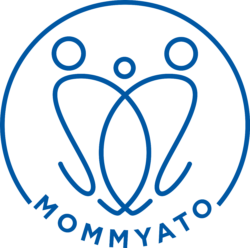02 May Smoking While Pregnant: Tobacco Harms Babies and Children from Conception to Adulthood
Babies whose mothers smoke are three times more likely to die of Sudden Infant Death Syndrome (SIDS).¹
May 31st is World No Tobacco Day. It’s a day when the World Health Organization shines a light on the dangers of tobacco use and exposure for mothers, babies and children. Studies show that few smokers are aware of the serious risks to babies and children.²
Here, we’ll cover the most important points and provide resources to help make necessary changes, for the health and safety of you and your baby.
Pregnancy Risks of Tobacco Products and Second-hand Smoke
There is no safe level of tobacco use for pregnant mothers. This includes smokeless and new forms of tobacco products coming on the market. These new products are simply novel ways to get nicotine into the body, which is highly addictive. Many of the other chemicals in tobacco products are cancer-causing.
There is no safe level of exposure to second-hand smoke for pregnant mothers, babies and children.
Smoking and Pregnancy Risks: How Do Tobacco Products Harm My Baby?
Women who smoke are more likely to have difficulty getting pregnant and sustaining a pregnancy. They are at greater risk of having pregnancy complications and a miscarriage (when the baby dies in the womb). Smoking during pregnancy increases the chances of stillbirth (when the fetus is not alive at birth) by 23%.² Learn more about smoking and pregnancy.
Smoking during pregnancy reduces oxygen to the developing fetus and increases risk of malformations, such as cleft lip or other tissue damage. It can also lead to preterm birth and low birth weight of the baby, which means the baby is more susceptible to sickness and disability.²
Babies who are exposed to second-hand smoke during pregnancy and after birth, are three times more likely to die of Sudden Infant Death Syndrome (SIDS).¹ Exposure to second-hand smoke also harms children’s brain and body development. These children are more likely to have learning and behavioral challenges. Children of smokers are at greater risk of lung problems like asthma and lung infections and are more likely to be hospitalized for difficulties with breathing.²
Finding Help to Quit Smoking
If a parent smokes, a child has an increased chance of dying before his/her 5th birthday. The child is also 70% more likely to try smoking by the age of 15.² This means the child is more likely to die a premature death or develop a disease related to tobacco products in adulthood. In this sense, smoking affects every stage of your child’s life from conception to adulthood.
While quitting tobacco products is a huge challenge due to the highly addictive nature of nicotine, many people successfully quit. Get informed on the health hazards to you and your baby and seek out the resources and support you need to end the cycle of tobacco use in your family. Learn more about quitting smoking.
REFERENCES:
- Centers for Disease Control. 2020. Smoking during Pregnancy. https://www.cdc.gov/tobacco/basic_information/health_effects/pregnancy/index.htm
- World Health Organization. 2021. New brief outlines devastating harms from tobacco use and exposure to second-hand tobacco smoke during pregnancy and throughout childhood – report calls for protective policies. https://www.who.int/news/item/16-03-2021-new-brief-outlines-devastating-harms-from-tobacco-use-and-exposure-to-second-hand-tobacco-smoke-during-pregnancy-and-throughout-childhood



